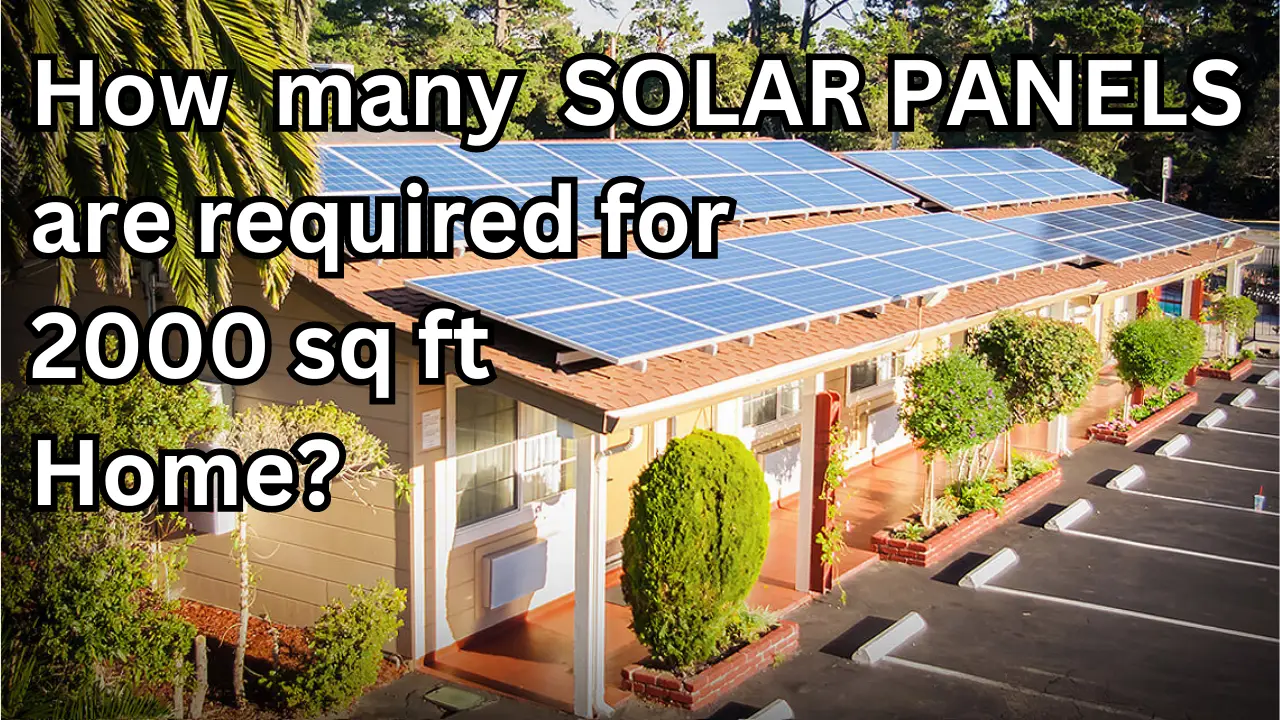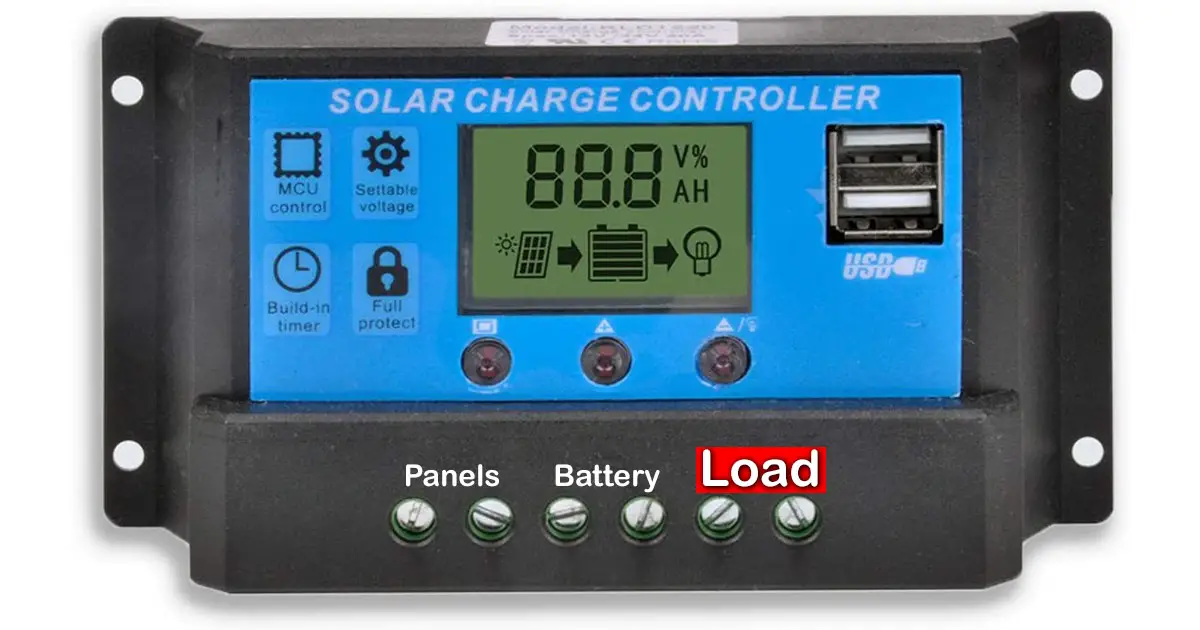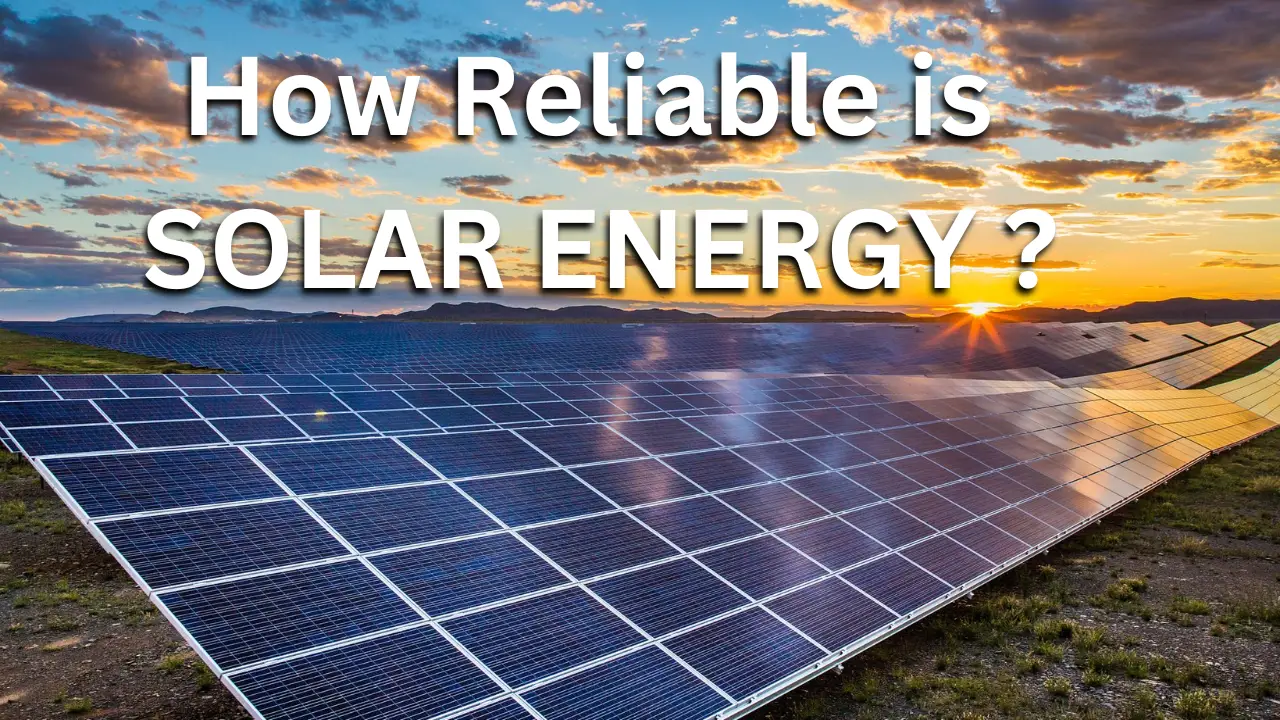Solar panels have become a practical choice for many houses because they can provide a renewable, clean energy source. Using solar energy to produce your needed electricity will make your house less dependent on conventional energy sources, which saves money in the long run!
If you are planning to install solar energy on your 2000-square-foot house, many questions will arise in your mind. The most important is how many panels you’ll need to install. And how much would it cost you? And that is what will be answered in detail in this article.
You will need about 84 to 125 solar panels for a 2000-square-foot house, having a solar output of 320 – 400 W for each solar panel. The number of solar panels required for a 2000-square-foot house is determined by energy consumption, number of peak sunlight hours per day, and solar panel output and efficiency.
Factors That Influence the Number of Solar Panels You’ll Need
The number of solar panels needed to power your house will vary from case to case, and these are the main points that cause this variation:
1. How Much Energy Does Your House Consume?
How much electricity you use greatly influences the number of solar panels you require. A larger solar panel installation is required to supply the energy requirements of a larger house with more gadgets and appliances.
It would be best if you looked at your monthly power statement to know how much energy is utilized in your house. Your statement will typically be able to inform you of your energy consumption for the current month, the month before, and the entire year based on historical data.
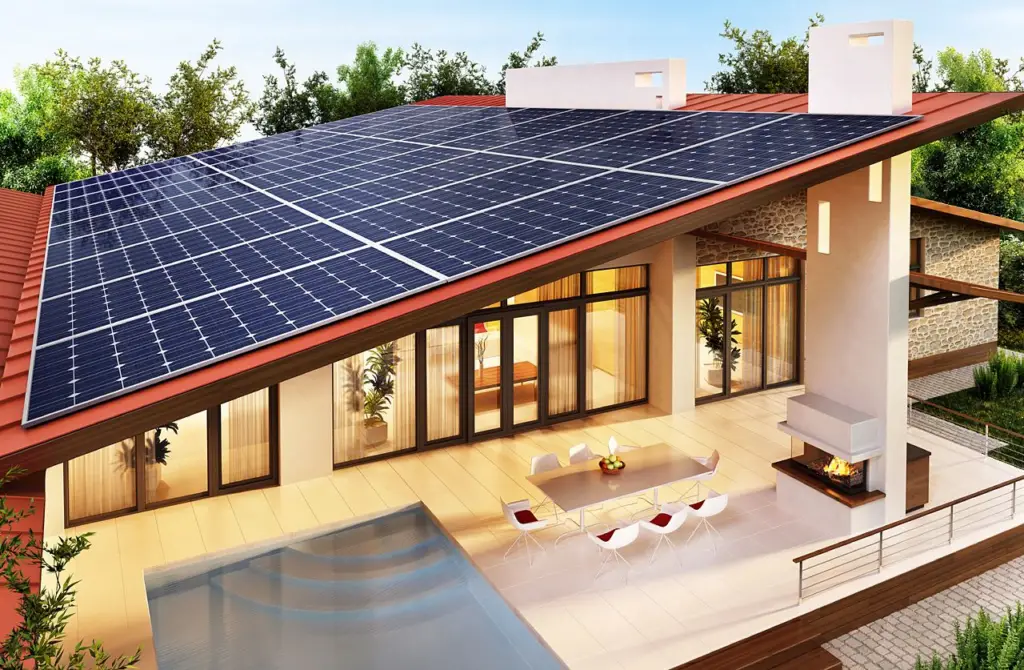
It would not be advisable to size your solar panel system based on the energy consumption value of any one month, given that your energy consumption varies greatly from month to month as the seasons change. Instead, the best average estimate for how big a system you should construct and how many solar panels you need will come from your yearly use numbers.
Note – “It’s crucial to remember that solar panels don’t operate continuously at full capacity.For instance, weather conditions may reduce the effectiveness of your system.”
2. How Many Hours Of Sunlight Can You Expect?
Your location affects how much sunshine reaches your solar panels and how much electricity they generate. It is due to what is known as “solar irradiance,” which is the quantity of sunlight received per square meter and is usually measured in watts per square meter (W/m²).
So if we have two houses, one is located in a place with high solar irradiance, and the other is in a place with low solar irradiance. The one with high solar irradiance can produce more electricity with the same number of solar panels.
Imagine you live in Nevada; you would experience more peak sunlight hours than if you were situated in a state with lower levels of sunshine, like Kentucky.
This would imply that you could produce more solar energy than someone in Kentucky with a system the same size as yours. That’s not to say a Kentucky house shouldn’t go solar; it just means a house owner would need more solar panels to meet their energy requirements.
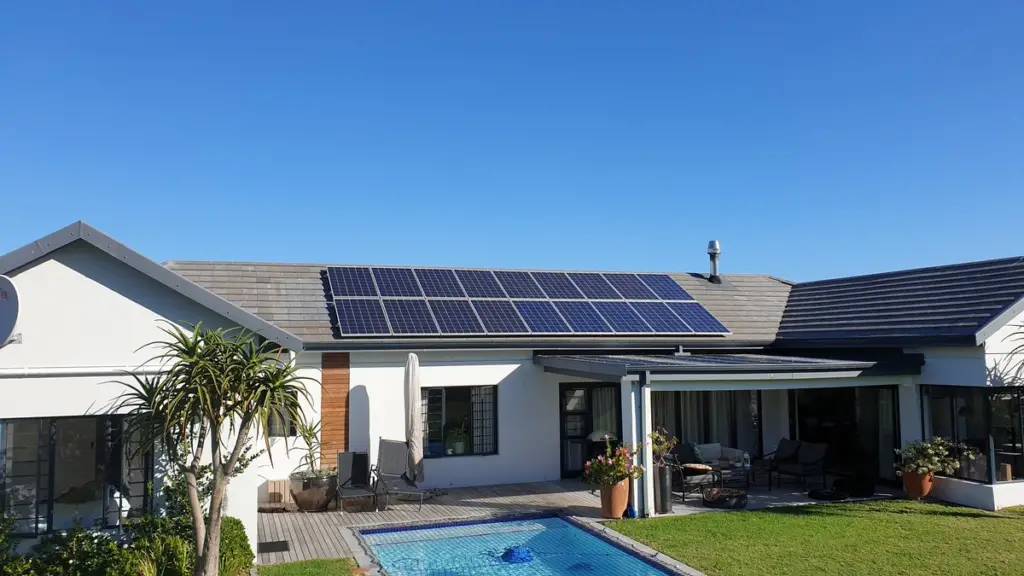
“A peak sun hour is a time of day when the sun’s irradiation produces an average of 1000W of power per square meter (approximately 10.5 ft). To put it another way, one peak solar hour is 1000 W/m2 of sunlight each hour.”
The number of peak sun hours each day or month affects how much solar energy one kilowatt (kW) of solar panels can produce in your area daily. Therefore, 1 kW of solar energy will produce 5 kWh of electricity daily if your state receives five peak sunlight hours daily.
3. Solar Panel Output and Efficiency
Not all solar panels are the same. As a result, the solar panels you select for your system will significantly impact the number of solar panels you need, how well they last, and their durability. Depending on the cell type, efficiency, and panel size, PV solar panels can provide anywhere between 150 and 400 watts per panel.
The three main varieties of PV solar panels are polycrystalline, monocrystalline, and thin-film, which may surprise you. The most expensive of the three, monocrystalline, has the maximum efficiency (15–20%).
Responding to the query, “How many solar panels do I need?” for your home might be difficult because there are such wide variances in the effectiveness and quality of solar panels. The issue is that you will need fewer panels to produce the same quantity of electricity if the panels are more efficient since they will produce more solar energy.
NOTE – The orientation and tilt of your solar panels also affect their energy generation. South-facing panels with an optimal tilt angle generate the most energy, while north-facing panels or panels with suboptimal tilt angles generate less energy.
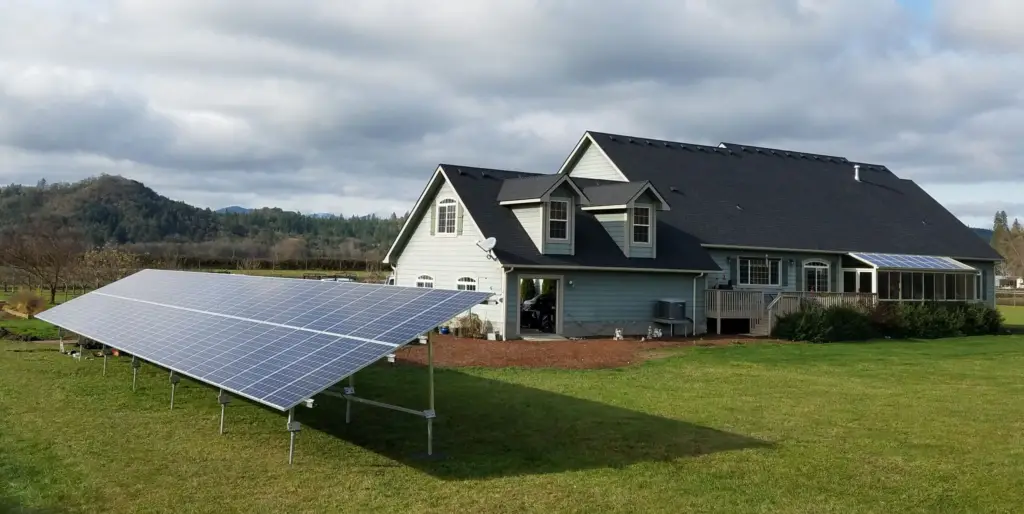
How Many Solar Panels Do I Need? Step-by-step calculation:
#Example –
Step 1 – Determine your daily energy consumption:
To calculate your daily energy consumption, look at your utility bills and determine the average kilowatt-hours (kWh) you use daily.
Let us assume our monthly energy consumption stands at 1200 kWh. Now divide it by 30 to get the daily energy consumption. Similarly, you can divide yearly energy consumption by 365 to get daily energy consumption. So, for our example, we get our daily energy consumption to be 40 kWh.
Monthly energy consumption / 30 = daily energy consumption
1200 kWh / 30 = 40 kWh
Step 2 – Find Out How Many Peak Hours of Sun Your Area Receives:
One of the trickiest elements of the computation is determining the number of peak sun hours in your region because most individuals have no idea what this term even means, let alone what the value is for their state.
Instead of figuring out a particular value for your property, which would be extremely difficult for a layperson, you can utilize the average number of peak sun hours in your state or city for this section. For the sake of this example, let’s say that you live in Florida, where the average peak solar hours are 5.
Peak Sunlight hours = 5 hours
If you want to find the Peak Sunlight Hours for any place, use the Global Solar Atlas Website. Choosing Texas as the location and setting the data to “Per day,” we will take the “Direct normal irradiation” number and use it in our next calculations. As you can see:

Step 3 – Calculate the Size of Your Solar Panel System:
To determine how big your solar panel system should be, you should divide your state’s average daily usage by the typical number of peak sun hours per day.
To generate 40 kWh of electricity per day, you’ll need a solar panel system that can generate 40/5 = 8 kW of power during the peak hours of sunlight.
Daily energy consumption / daily peak sun hours = Energy generated by system in peak hours daily
40 kW / 5 = 8 kW
The efficiency factor, which accounts for energy losses during the conversion of solar energy to electrical energy, must also be included in the computation. Let’s assume that the efficiency percentage, in this case, is 30. Your solar installer, however, will be better equipped to advise you regarding what should be valuable for your case.
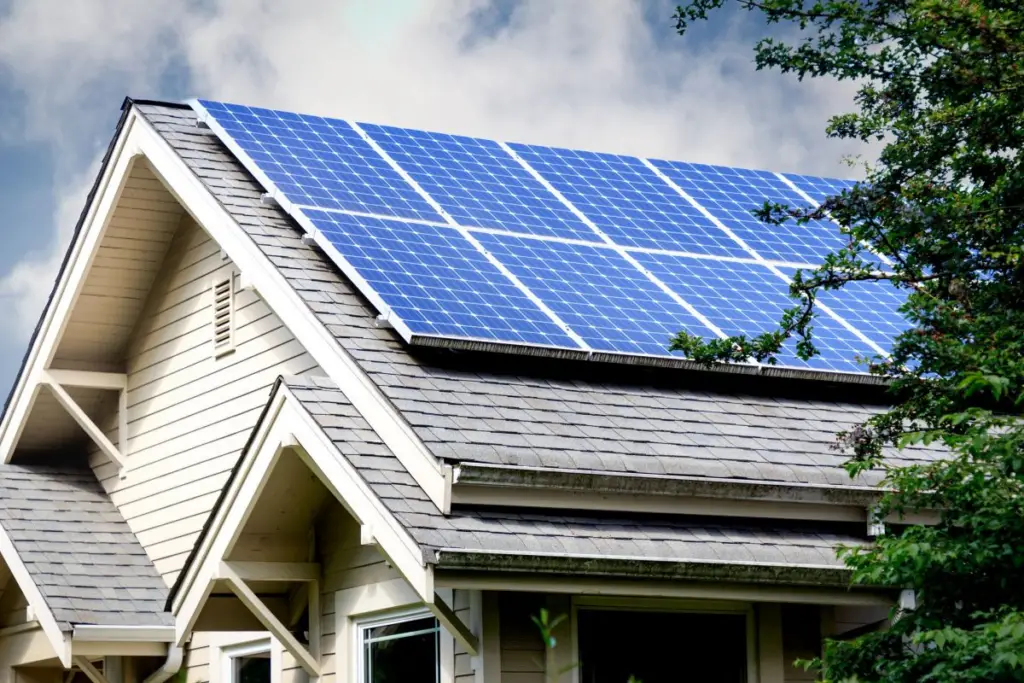
To account for the efficiency of your solar panels, you’ll need to divide the required power by the solar panel output efficiency. In this case –
Energy Generated daily by system / efficiency of system = Actual Power generated
8 kWh / 0.3 = 26.666 kW
Step 4 – Finally, calculate the number of solar panels required:
To get the number of solar panels required, divide the size of your solar system by the wattage of the panels you will be using to determine the required amount of solar panels. As previously indicated, PV solar panels have wattage capacities ranging from around 150 to 400 watts per panel, depending on the cell type, efficiency, and panel size. You can also find information about the 800 W solar systems (with a sizing calculator) by clicking here.
Converting kW to W: We will also multiply the fraction by 1000 to convert kilowatts to watts.
26.66 kW = 26,666 W
Now assuming each solar panel has a power output of 320 watts. Divide the total power by the power output of a solar panel used in the system to get the required number of solar panels.
Total Power / Power output of a solar panel used = Number of solar panels required
26,666 W / 320 W = 83.33 ( i.e, 84) solar panels
So as per our calculation, 84 solar panels will be required for a 2000 sq ft home, having a solar output of 320 W and five peak hours of sunlight. You can determine the necessary quantity of solar panels using this step-by-step guide, regardless of the size of your home—not only one that is 2000 square feet.
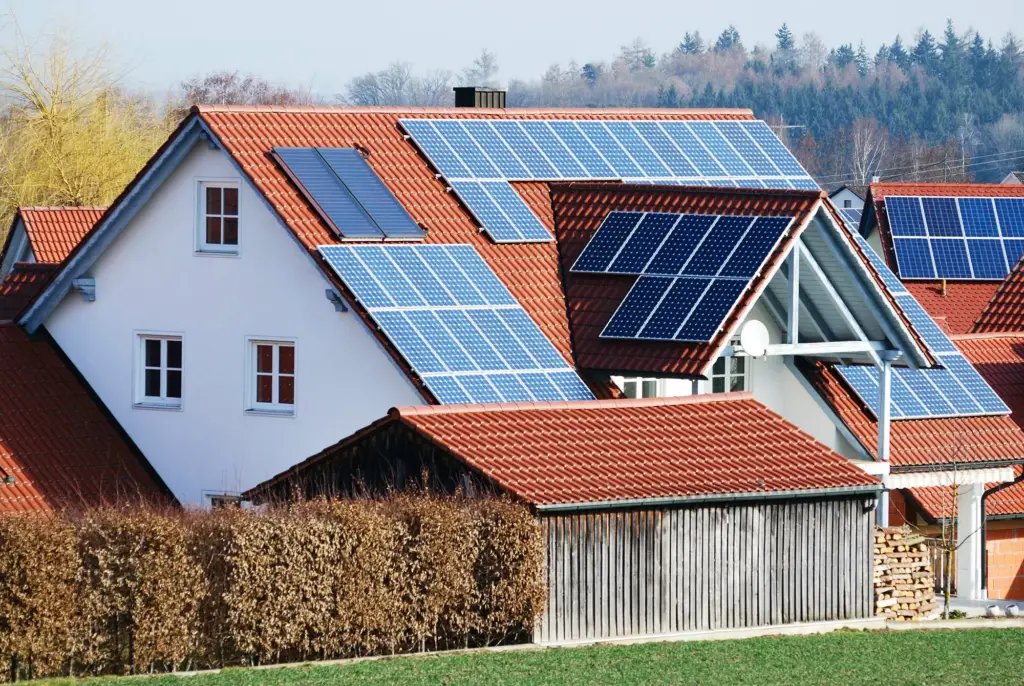
If you find these calculations hard to apply, then don’t worry; our free calculator is easy to use:
FAQs
Q: How do I determine the energy consumption of my home?
A home’s energy consumption can be determined by looking at your electricity bills, which typically provide information on your monthly usage in kilowatt-hours (kWh). You can also use online calculators or energy monitors to estimate your energy consumption.
Q: How much does a solar panel system cost for a 2000 sq ft home?
A few factors can influence the cost of a solar panel system for a 2000 sq ft home. These include your location, the size of the system, and the quality of the panels and installation. A 5 kW solar panel installation should cost between $10,000 and $15,000. Remember, this is before considering any delightful tax credits or incentives that could sweeten the deal.
Q: How long it takes to install a solar panel system for a 2000 sq ft home?
The complexity of the installation and the accessibility of installers will determine how long it takes to construct a solar panel system for a 2000-square-foot home. The installation procedure might often take a few days to a few weeks.
Conclusion
Solar panel systems are an excellent way to lower your home’s energy expenditures and carbon footprint. Knowing how many panels you need to install on your 2000 sq ft home is crucial to maximizing energy production and minimizing costs.
The quantity of solar panels needed depends on various variables, including energy usage, sunlight hours, and the type of solar panels utilized. You may determine the approximate amount of solar panels your home will require by utilizing the detailed computation provided in this article.
Solar panel systems require maintenance, and weather conditions can affect their efficiency. To ensure your system’s best performance, research, invest in high-quality panels, and seek professional advice. The environment may be preserved as you save money by switching to solar power.

